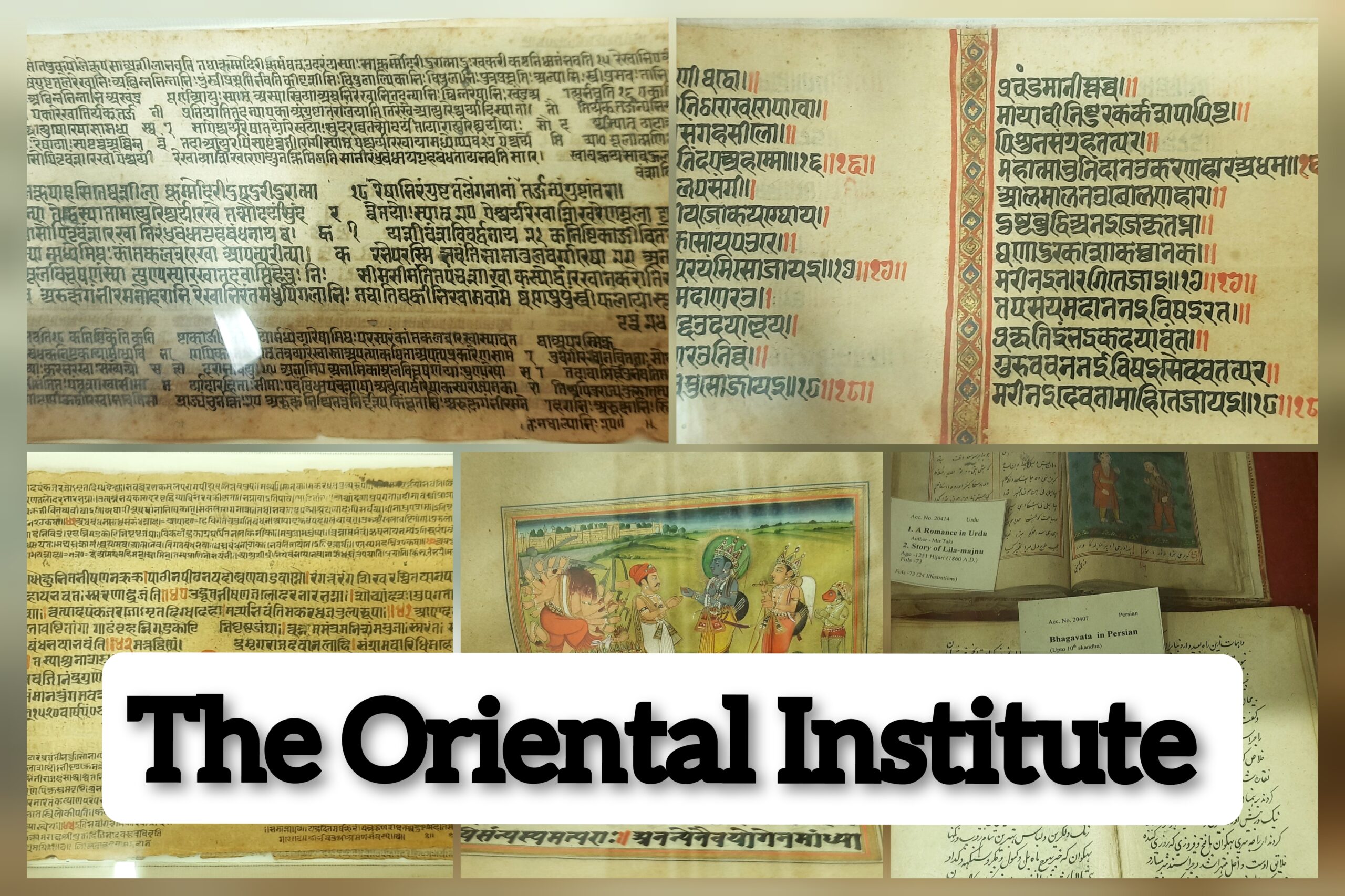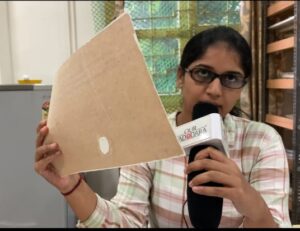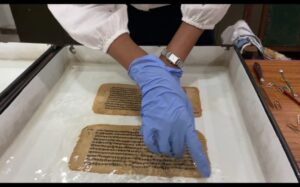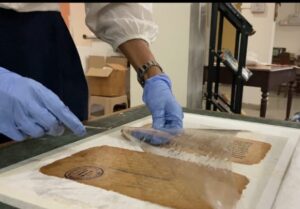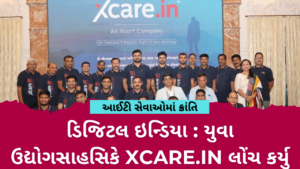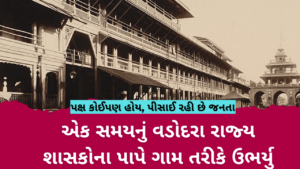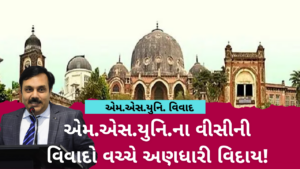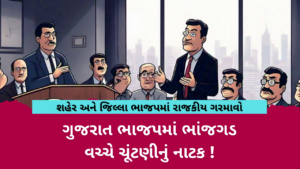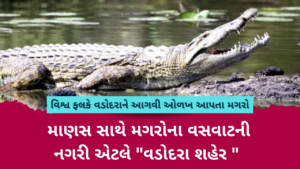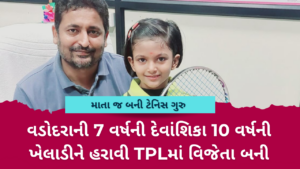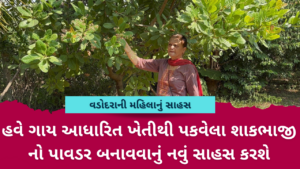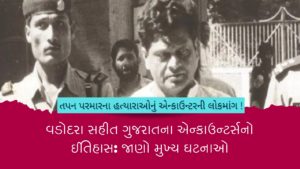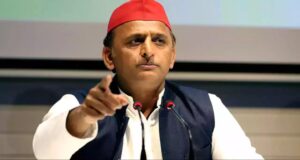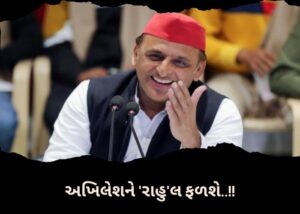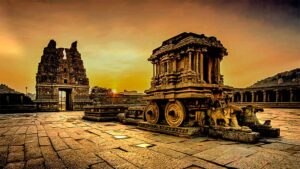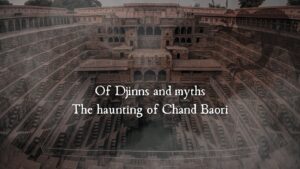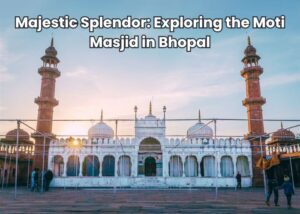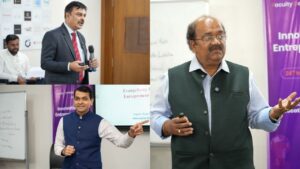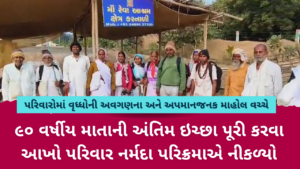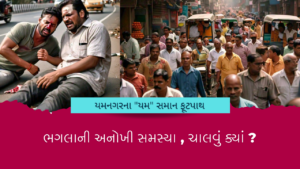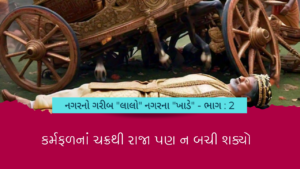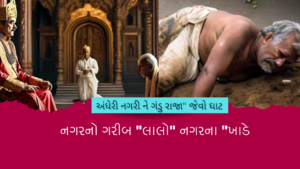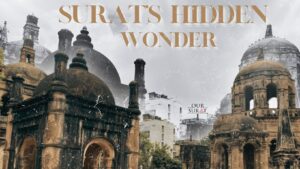Vedic Ganit converses with the Gita Govind: How are you so attractive and enchanting?
Gita Govind responds: Just the way you are magical and certain!
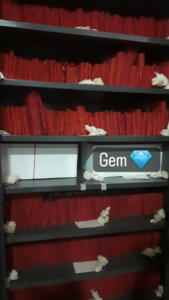
This might be the daily banter among the manuscripts, those ancient dilapidated folios which are kindly preserved in a red cotton cloth along with a potli of herbs that absorbs the moisture and saves them from bugs in a room full of metal almirahs brought all the way from Europe by the Gaekwad III. Manuscript section is one of the richest section of the Oriental Institute based right next to the Senapati Bhavan, opposite to the LVP Gate.
The Prachya Vidhya Mandir
Oriental Institute is also known as Prachya Vidhya Mandir. It is a post-graduate teaching and research institute right from its very inception in 1893. It was Sir Sayajirao Gaekwad III who felt the need of establishing an institute which can collect and preserve the ancient treasure of rare manuscripts and books.
As a first step, a small nucleus collection of original manuscripts along with some printed books in Sanskrit was set up as separate ‘Sanskrit Section’ in the existing Central Library of Baroda. “Later, for some time it was shifted in a house at Kothi,” informs Dr. Sweta Prajapati, Director, Oriental Institute. In 1927, the Sanskrit Section was separated from the Central Library and took the shape of an independent institution named as Oriental Institute. It later got affiliated with the MS University in 1949 post its establishment.
The Exquisite Collection
“As per the 1993 record, we have over 32,000 manuscripts here at the institute,” notifies Prajapati. The manuscripts are made in various mediums which include palm leaf, birch bark, paper, bamboo, cloth and other materials. The languages in the manuscripts vary from Tamil, Telugu, and Malayalam from South to Odiya and Bengali from the East. Sanskrit, Prakrit, Gujarati, Marathi and Persian languages have also found place in many manuscripts.
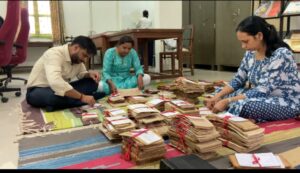
The texts in the manuscripts is usually based on varied scriptures like ‘Vedas’, ‘Puranas’, ‘Upanishad’, ‘Jyotishi’, ‘Yoga’, ‘Shilpa’, ‘Ayurveda’, ‘Darshana’ as well as ‘Kavya’ and ‘Naatak’. Not all of them are dated “though a few consist colophon which shows the exact date,” confirms Prajapati. The oldest manuscript at the institute is made in paper, dated 1224 which is based on the ‘Ramal Navratna Grantha’. It is based on astrology.
The Local Connect
Over 1000 manuscripts in Gujarati language are preserved here. “Majorly, the language used in these manuscripts is Gujarati with Gurjari lipi,” informs Dr. Jayant Umrethiya, Gujarati language scholar at the Oriental Institute. He is the only person at present since many years handling and deciphering the manuscripts based in Gujarati language. It also has copper plates where Vadodara was mentioned for the first time in the history as ‘Vadpatrak’.
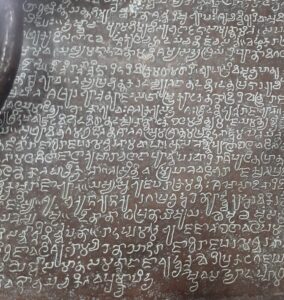
Gujarat has rich literature. So many manuscripts are based on the poetry and stories of the Gujarati authors and poets. “We have the illustrated manuscript of Premanandas’ ‘Okhaharan’ and ‘Kunwarbai nu Mameru’ and Shyamads’ ‘Madan Mohana’ to name a few,” shares Umrethiya. They also have the collection of Mushtiposhaks (the one which Lord Brahma carries in his hand) which was used by the sadhus. This was the compact version of the huge and heavy books which was easier to carry.
The Ayodhya Link
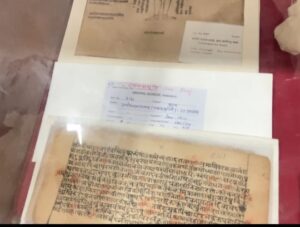
All of us went gaga over 2019 Ram Janmabhoomi Judgement given by the Allahabad High Court. How many of us are aware that the winning side had the strong Baroda connection! The original ‘Ayodhya Mahatmya’ is displayed at the institute. “The Ayodhya Mahatmya manuscript was sent to Allahabad to prove Ram’s birthplace to be Ayodhya as per the manuscript,” informs Umrethiya. It was then the final judgement on making Ram Mandir was given.
Manuscript Conservation Centre
The Ministry of Culture overlooks at the manuscript conservation work through Indira Gandhi National Centre for the Arts (IGNCA)’s National Mission for Manuscripts. “Total 12 lakh grant is assigned for the conservation work and three appointments are made for the same,” shares Prajapati. Their main focus this time was to work on the vernacular manuscripts; ‘Balagyan Mala’ and ‘Kisan Mala’.
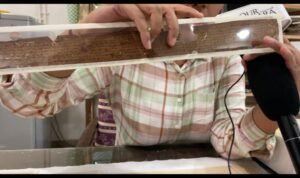
At present, there are three conservators at the institute. “We usually use the reversible process for restoration which is completely done manually by using organic material,” says Priya Shah, Senior Conservator, Oriental Institute. They had used the old repair technique on an ancient paper manuscript. The folio was in bad shape and required full lining. There were many holes in the folio which were filled by the 9 gsm Japanese tissue paper and a gluten free meta-paste treatment was given to the same folio.
Another ancient palm leaf manuscript which had the text ‘Kamasutra’ had to be encapsulated in a polyester film as it wouldn’t have survived otherwise. “We pierce holes on the sides, to stop the decomposition of leaf further,” opines Shah.
“We usually give distilled water baths along with a few chemicals to remove the acidity from the folios made in paper,” shares Falvee Chauhan, Conservator, Oriental Institute. It is then dried and the further treatment is done later.
Activities and Publications
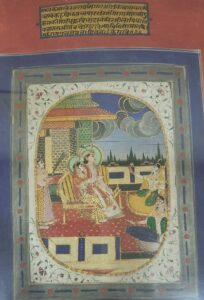 The institute has four branches; Manuscript Section, Printed Section, Translation Branch and the Critical Edition Wing. The Critical Edition Wing was introduced to prepare ‘Valmiki Ramayana’ (All seven Kandas) in 1951. It was then renamed as ‘Ramayana Department’. After the completion of ‘Valmiki Ramayana’ in 1975, the department was able to complete ‘Vishnupurana’ and ‘Markandeyapurana’ while ‘Vayupurana’ is under progress.
The institute has four branches; Manuscript Section, Printed Section, Translation Branch and the Critical Edition Wing. The Critical Edition Wing was introduced to prepare ‘Valmiki Ramayana’ (All seven Kandas) in 1951. It was then renamed as ‘Ramayana Department’. After the completion of ‘Valmiki Ramayana’ in 1975, the department was able to complete ‘Vishnupurana’ and ‘Markandeyapurana’ while ‘Vayupurana’ is under progress.
At the institute, they call renowned scholars for the extra mural lectures while also organising a few workshops on conservation. They also guide Ph.D scholars as well as provide digitised copies of the manuscripts.
They publish the Journal of the Oriental Institute (UGC Care listed) in English and ‘Swadhyaya’ a multilingual journal. Having published over 900 books, few of the important publications include; ‘Saundaryalahiri’, ‘Shaktisangamtantra’, ‘Sadhanamala’, ‘Natyashastra’, ‘Ahsan- ul- Tawarikh’ and many more.

